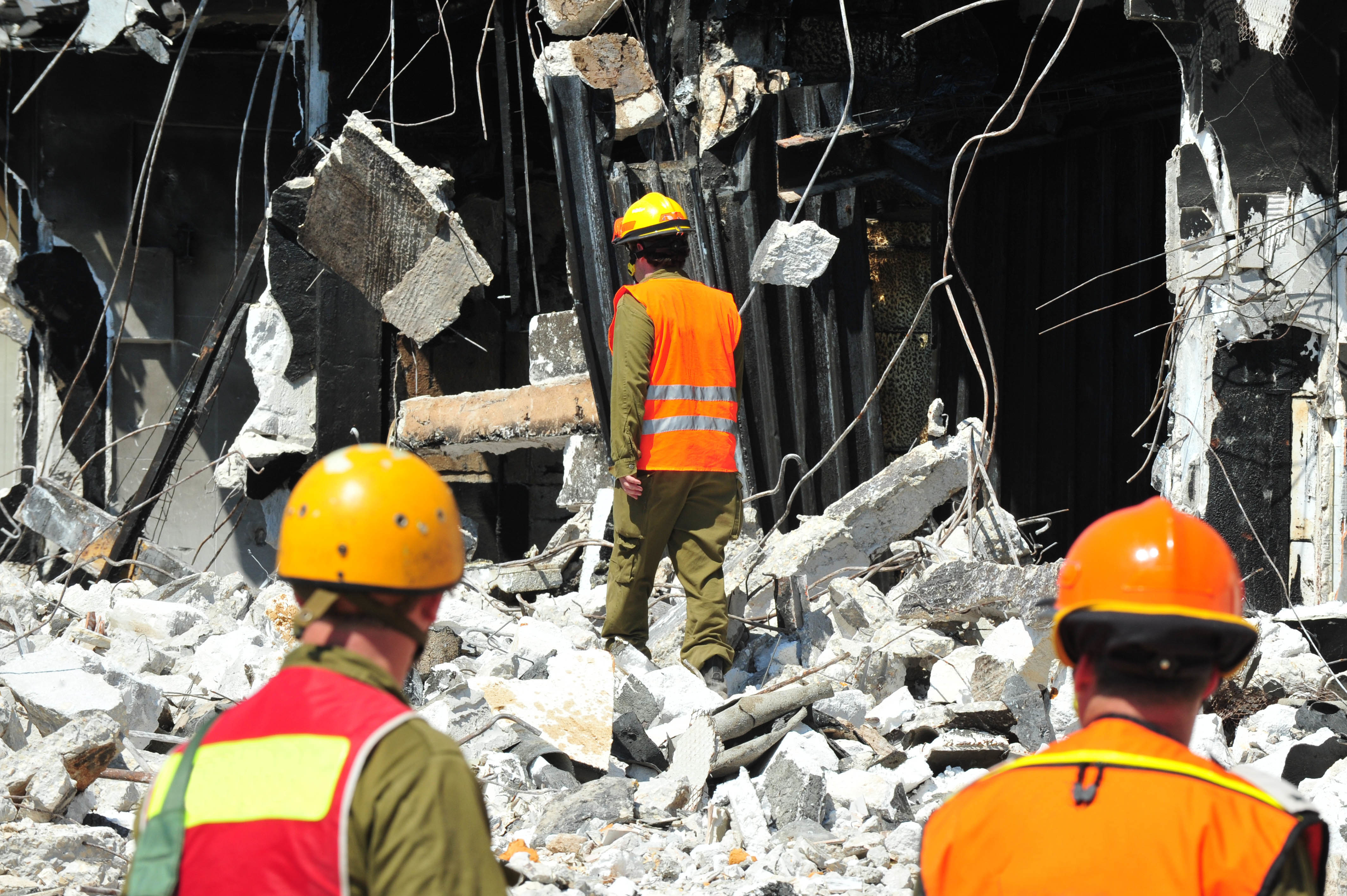
I’ll be on Nonprofit Radio this Friday, October 20, at 10:00 am PT / 1:00 pm ET talking with host Tony Martignetti about disaster relief. Sadly, this is an particularly timely topic with the ongoing fires in Northern California following the devastating hurricanes of the past few months. Catch us live on Talking Alternative or a few days later on iTunes.
Introduction to Charity Disaster Relief
People and organizations often want to help those who have been impacted by disasters – in the U.S. (and of course that includes the 3.4 million Americans in Puerto Rico) and abroad. Jacob Harold, CEO of Guidestar, said, “You pick the issue with your heart and you pick the organization with your head.” Big national/international organizations focused on disaster relief, like the American Red Cross, are often donors’ first choice because of familiarity and trust. But some of these organizations have faced harsh criticism about their effectiveness, efficiency, and timeliness. In many cases (though not always), it may be preferable to give to local organizations. But what are the nonprofit legal issues these organizations must consider before engaging in disaster relief if that’s not what they ordinarily do?
Takeaways
Here are some initial questions a charity will want to consider before planning on substantial disaster relief activities:
- Are the disaster relief activities furthering the charity’s stated mission? If not, there may be issues of operating outside of the charity’s authority and even diverting charitable assets intended for mission-related activities. See Charitable Trust Doctrine.
- Is the charity qualified to operate in the states or jurisdictions in which it plans to operate? Consider both legal qualifications (e.g., foreign state qualifications to do business in a particular state, charitable registrations, licenses) and operational qualifications (e.g., competent and appropriate systems, human resources, risk management).
- Will the charity more effectively and efficiently help its intended beneficiaries by directly providing disaster relief activities or by providing financial and possibly other support to other charities? Particularly when the charity is not local to the area impacted by the disaster, it must seriously consider whether its help would be better structured in collaboration with local charities.
- Is the charity raising funds in a manner that facilitates donors to direct their donations towards specific individuals? Fundraising in this manner (which is not uncommon after disasters and other tragic events, particularly in a crowdfunding context) may make the charity a mere conduit for donors to make gifts to individuals. In such case, the donations may not be deductible and the charity may be causing the donor harm if it provides the donor with a receipt that indicates that the donation was deductible.
- Does the charity plan to make grants to individuals? Despite the concern raised above about acting as a conduit, a charity can exercise its own discretion to make charitable grants to individuals who are in distress after the disaster. The relief of distress is considered charitable within the meaning of 501(c)(3).
- Does the charity plan to make grants to businesses? While many charity leaders may not know that it’s possible to make grants to for-profit businesses, it may be a suitable way to provide charitable disaster relief. The goal may be to aid individual business owners who are financially needy or otherwise distressed, to combat community deterioration, and/or to lessen the burdens of government. But the charity must ensure that the assistance is a reasonable means of accomplishing a charitable purpose, and any benefit to a private interest is incidental to the accomplishment of a charitable purpose. See Private Benefit Rules: Part I: Private Benefit Doctrine.
Additional Issues to Consider
- Is a needs assessment necessary for providing aid to individuals?
- What type of documentation is necessary?
- Are disaster relief payments taxable to recipients?
For discussion on these issues, check out the resources below .
Resources
How to Decide Where to Donate Your Money After Disasters (New York Times, 9/27/17)
For advance reading, the IRS has an excellent guide on the topic: Disaster Relief: Providing Assistance Through Charitable Organizations. The IRS also has two excellent on-line training courses: Disaster Relief – Part I and Part II. For a comprehensive list of IRS resources on disaster relief, visit Disaster Relief Resources for Charities and Contributors.